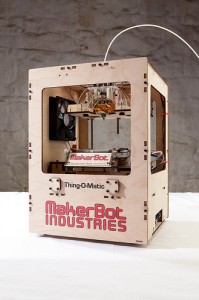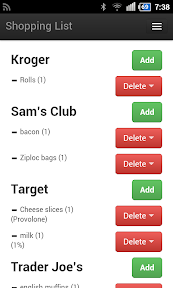![iphone5_large-294128[1]](http://www.hiddenpeanuts.com/wp-content/uploads/2012/10/iphone5_large-2941281-209x300.jpg) Every 3 years since 1998, the Librarian of Congress has been allowed to issue new exemptions to the Digital Millennium Copyright Act. Â The DMCA is the act which (among other things) makes it illegal to circumvent copy protection schemes and DRM.
Every 3 years since 1998, the Librarian of Congress has been allowed to issue new exemptions to the Digital Millennium Copyright Act. Â The DMCA is the act which (among other things) makes it illegal to circumvent copy protection schemes and DRM.
The 2012 crop of exemptions (here’s the official document) goes into effect today. Â The document itself is pretty lengthy, but Ars Technica has a great distillation of the important points. Â In bullet point form, here’s the new things that the DMCA no longer outlaws:
- Jailbreaking your iPhone (or any other smartphone) is now legal.  There’s a notable distinction here though: the exception applies to only phones.  Tablets are specifically excluded.  In the words of the rule, “…this aspect of the proposed class was broad and ill-defined, as a wide range of devices might be considered “tablets ” Essentially, if it’s hard to define a tablet then how can it be made an exemption?  An interesting point, though I don’t agree with the results.
- Unlocking your smartphone (making it compatible with a competitor’s cell network) without a carrier’s permission was previously exempted but will no longer be allowed if you buy your phone after January 2013.  Why?  Court rulings since the 2009 exemptions place more emphasis on the fact that we don’t own software – we just license it.  The new exemptions also note that “…there are ample alternatives to circumvention”.  The difference between jailbreaking and unlocking seems like splitting hairs to me, but it is what it is.
- We’re allowed to rip DVDs (but if I read it right, not blu-rays) and use excerpts in noncommercial, documentary, or educational films.  That’s great, but I’m sad that the proposed exemption to allow “space shifting” of DVDs was denied.  That would have let individual movie owners transfer movies to their PC, home server, or mobile device.  Alas.
- Visually impaired users who purchase an ebook can remove DRM to allow the text to be electronically read aloud.  The 2009 exemptions already allowed this one, but only in the case that content providers had specifically disabled read aloud functions.  Now that requirement is gone, so this one’s a slight win.  But it comes with a big caveat – the exemption does not include distribution of DRM-removal software to those blind users.  So as the Ars Technica article points out: the visually impaired are welcome to remove DRM, but only if they can write software to do it themselves.
That last contradiction reinforces my belief that the DMCA is a fundamentally broken piece of legislation. Â It’s nice that it allows for periodic exemptions, but that process is too narrowly scoped. Â Looking at Ars’ excellent analysis again:
“The space-shifting ruling is a good illustration of the fundamental brokenness of the DMCA. In order to convince the Librarian to allow DVD ripping in order to watch it on an iPad, a court would first need to rule that doing so falls under copyright’s fair use defense. To get such a ruling, someone would have to rip a DVD (or sell a DVD-ripping tool), get sued in court, and then convince a judge that DVD ripping is fair use. But in such a case, the courts would probably never reach the fair use question, because—absent an exemption from the Librarian of Congress—circumvention is illegal whether or not the underlying use of the work would be a fair use. So no fair use ruling without an exemption, and no exemption without a fair use ruling. A classic catch-22.”

![Kindle-DX-Graphite[1]](http://www.hiddenpeanuts.com/wp-content/uploads/2012/09/Kindle-DX-Graphite1-214x300.jpg)





